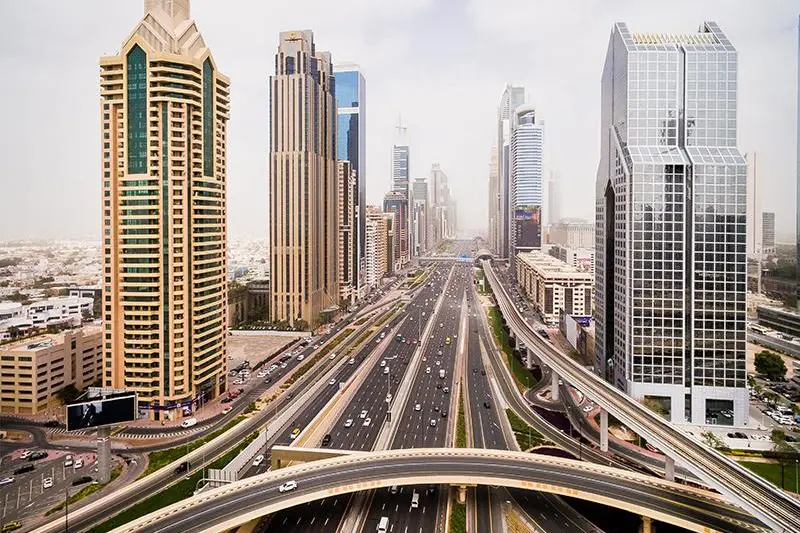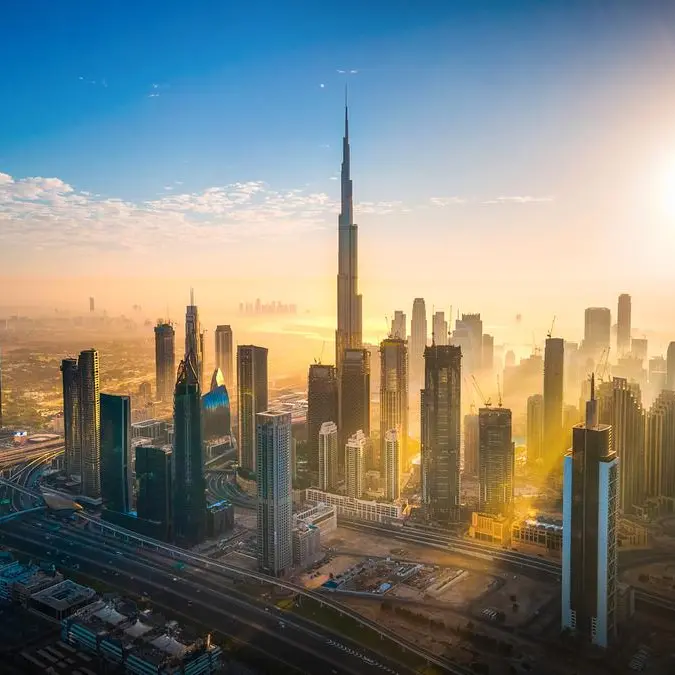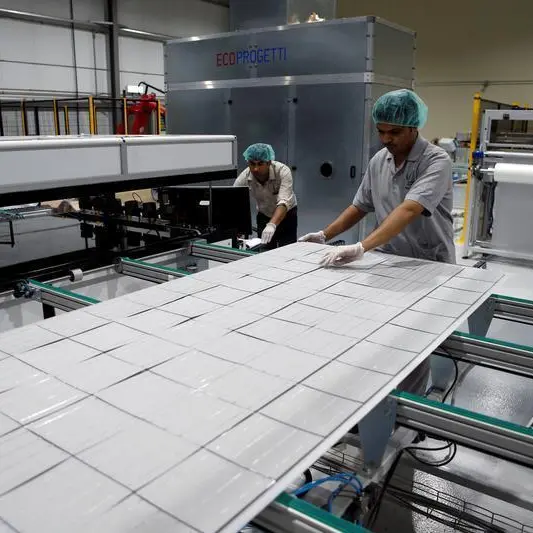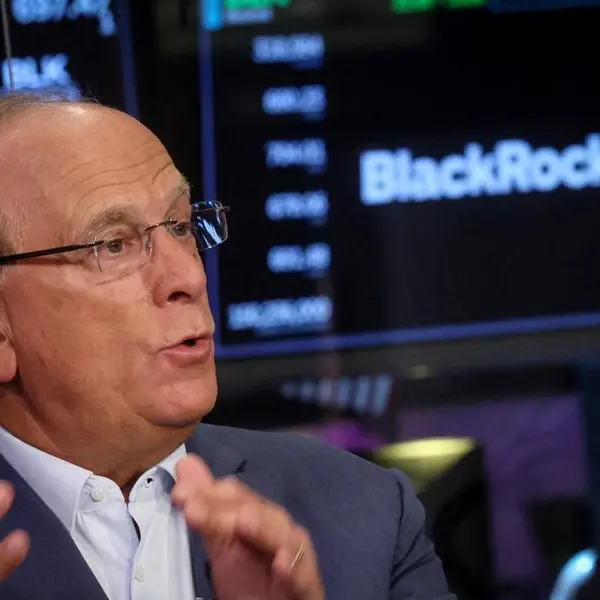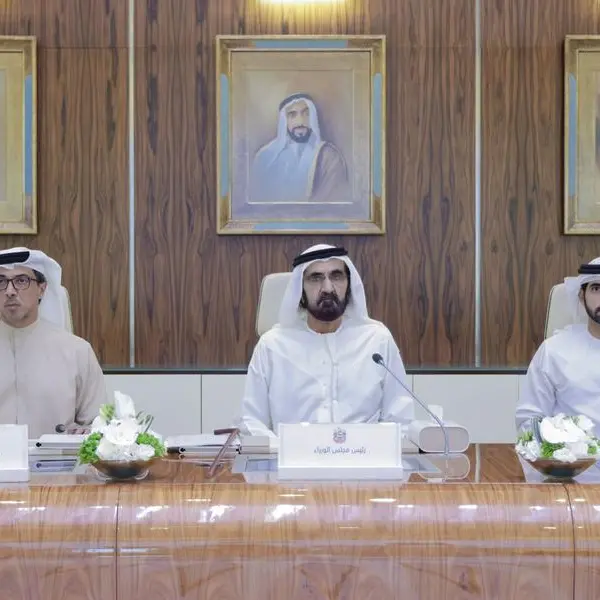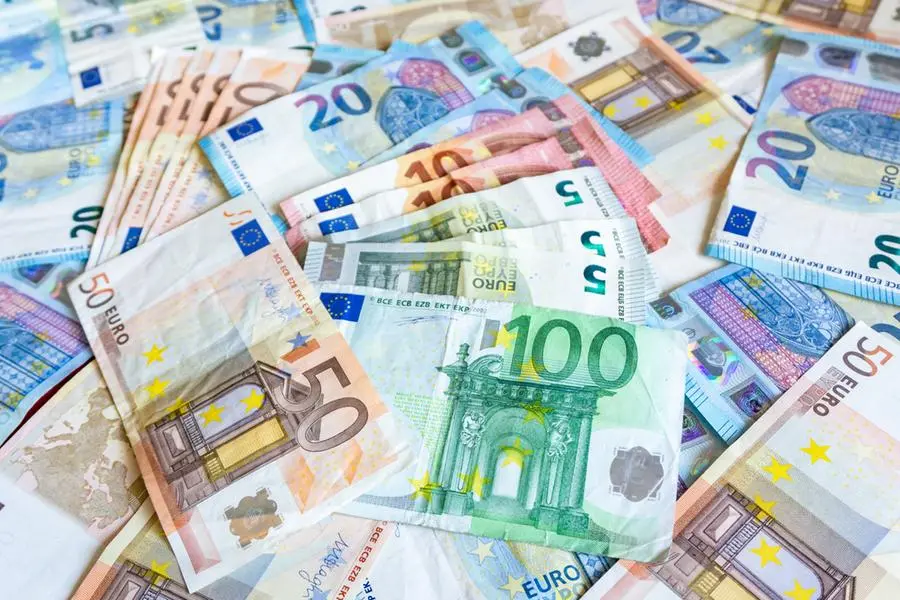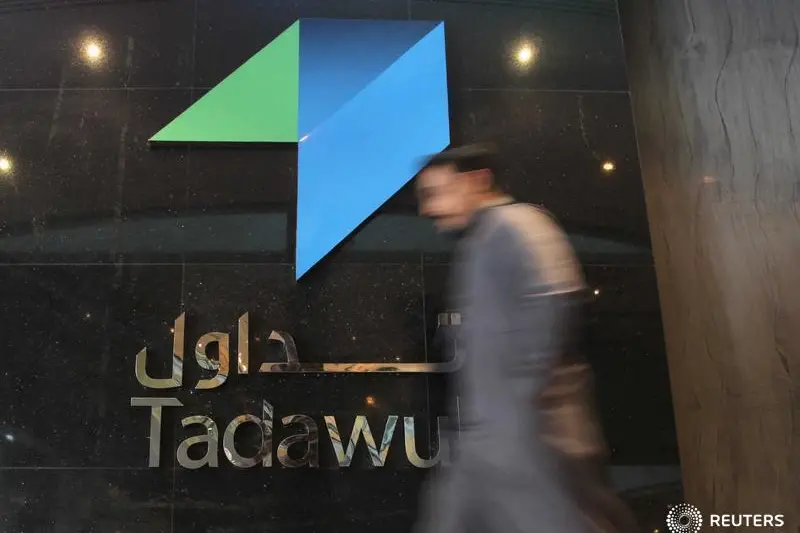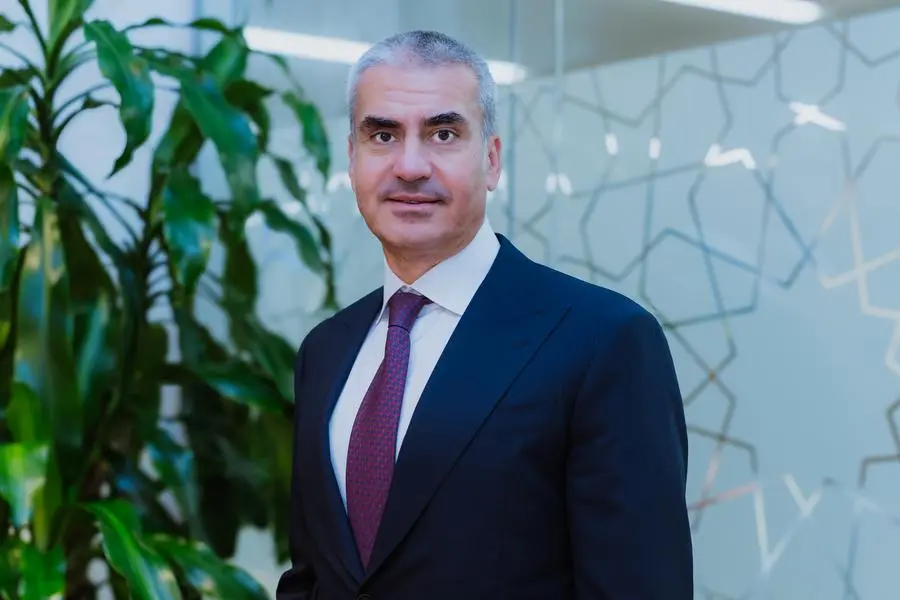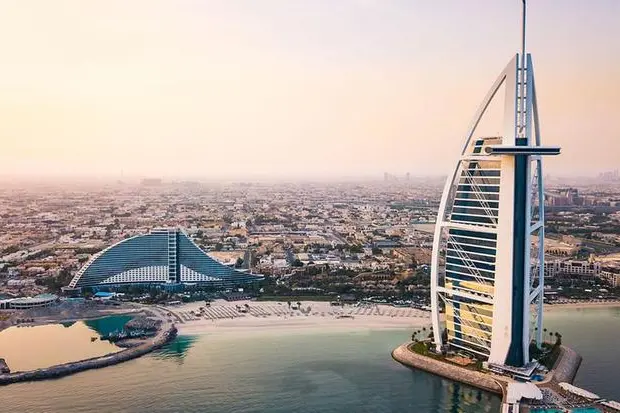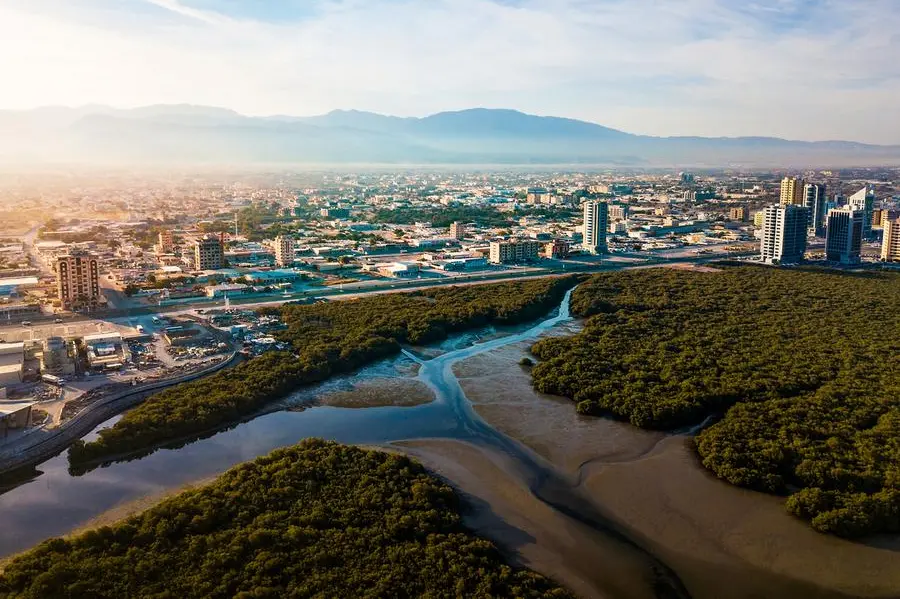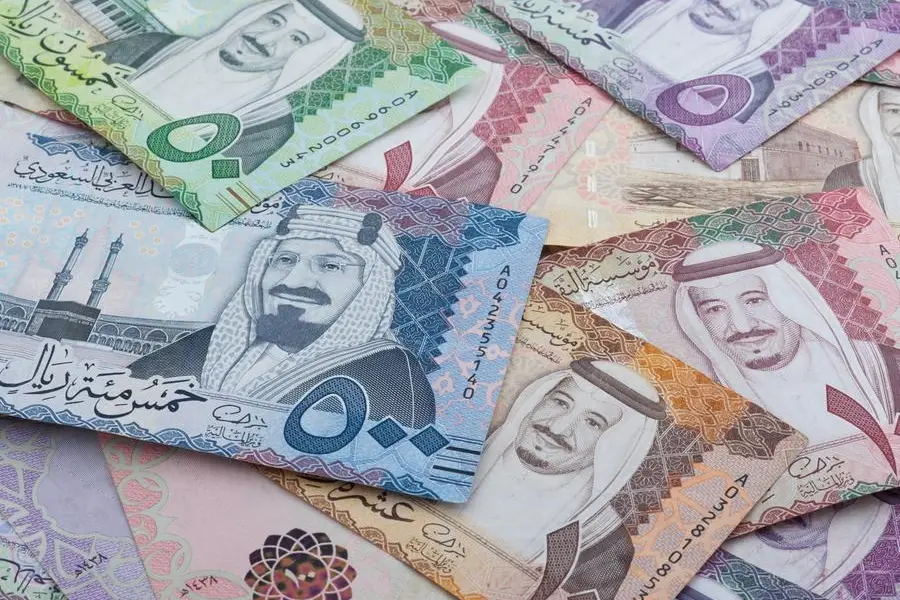PHOTO
Economies of the GCC countries are expected to return to an aggregate growth of 2.2 per cent this year after a 4.8 per cent contraction in 2020 caused by the Covid-19 pandemic and lower oil prices, the World Bank said.
“With recent progress made with the rollout of the Covid-19 vaccine globally and with the revival of production and trade worldwide, the prospects for an economic recovery are firmer now than at the end of last year,” the Washington-based institution said in the latest issue of its Gulf Economic Update (GEU).
The UAE, the report said, is expected to swing back to growth in 2021, estimated at 1.2 per cent, before accelerating to 2.5 per cent in 2022 and 2023 driven by government expenditures and the staging of Expo 2020 in October 2021.
The report, titled “Covid-19 pandemic and the road to diversification,” said the growth is buoyed by the global economic recovery, projected at 5.6 per cent and the revival of global oil demand and international oil prices.
The pandemic and the decline in global oil demand and prices dealt the GCC countries a health crisis and a commodity market shock causing a GDP contraction of 4.8 per cent in 2020.
The International Monetary Fund said in its forecast that after a 4.8 per cent contraction in 2020, Gulf states were on track to grow by 2.7 per cent in 2021, an upgrade of 0.2 per cent from its projection in October 2020. Across the Middle East and North Africa region, the real GDP growth is expected to pick up to 4.0 per cent in 2021 underpinned by strong policy responses and a better-than-expected external backdrop, the IMF said.
The World Bank report said the GCC fiscal deficits are expected to persist for most over the forecast period, however. The three countries with the largest deficits in 2020 – Kuwait, Bahrain, and Oman – are projected to remain in deficit throughout 2021-23, but at narrower ratios to GDP in 2023 than during the economic downturn in 2020.
According to the GEU, the oil supply cutbacks and the four-year-low average oil price of $41.30 per barrel slashed the group’s goods and services exports by 8.1 per cent in real terms and turned the current account surplus of 6.8 per cent of GDP in 2019 into a deficit of 2.9 per cent of GDP in 2020.
Non-oil GDP is proportionately larger now in all the GCC countries than it was 10 or 20 years ago, but much work remains to be done. Many are still highly reliant on oil and gas exports, which remain over 70 per cent of total goods exports in Kuwait, Qatar, Saudi Arabia and Oman, and on oil revenues, which exceed 70 per cent of total government revenues in Kuwait, Qatar, Oman, and Bahrain.
“While the GCC has done a lot in the last year to contain the effects of the pandemic on their economy, including procuring vaccinations early on, they must continue to reform their public sector finances,” said Issam Abousleiman, World Bank regional director of the GCC countries. “The region needs to strengthen their competition policies to harness the benefits of telecommunications and the digitalization of economic activity.”
According to the World Bank, Bahrain will continue to rely on fiscal support measures in 2021 to overcome the economic contraction in 2020. GDP growth is expected to reach 3.3 per cent in 2021 and remain at the same pace during the medium-term.
For Kuwait, oil exports will continue to drive the growth dynamics. Economic growth is forecast to rebound to a moderate 2.4 per cent in 2021, before ramping up to an average 3.2 per cent in 2022-23. Oman’s economy is forecast to recover in 2021, albeit at a moderate 2.5 per cent growth rate as a sizable infrastructure investment program gains momentum. Medium-term growth is projected to average 5.3 per cent over the forecast period. Qatar is forecast to post a strong growth rebound with LNG demand in South and East Asia underpinning medium-term prospects. Qatar’s economy is projected to grow by 3.0 per cent in 2021 before accelerating to 4.1 per cent in 2022 and 4.5 per cent in 2023.
For Saudi Arabia, firmer global oil demand will support the economic recovery in 2021 with GDP growth expected to reach 2.4 per cent in 2021. Medium-term growth is projected to average 3.0 per cent over the forecast period.
Copyright © 2021 Khaleej Times. All Rights Reserved. Provided by SyndiGate Media Inc. (Syndigate.info).
